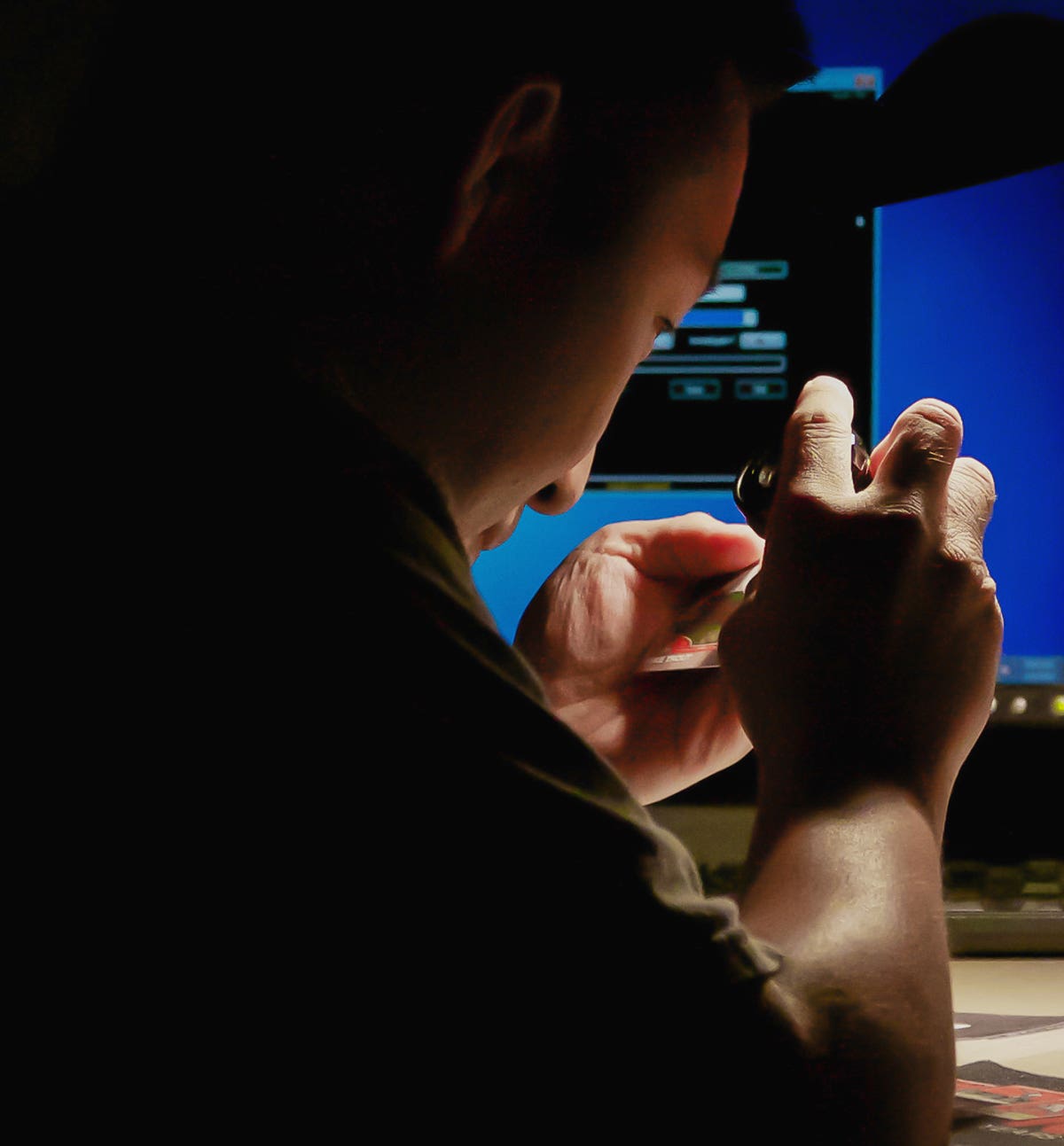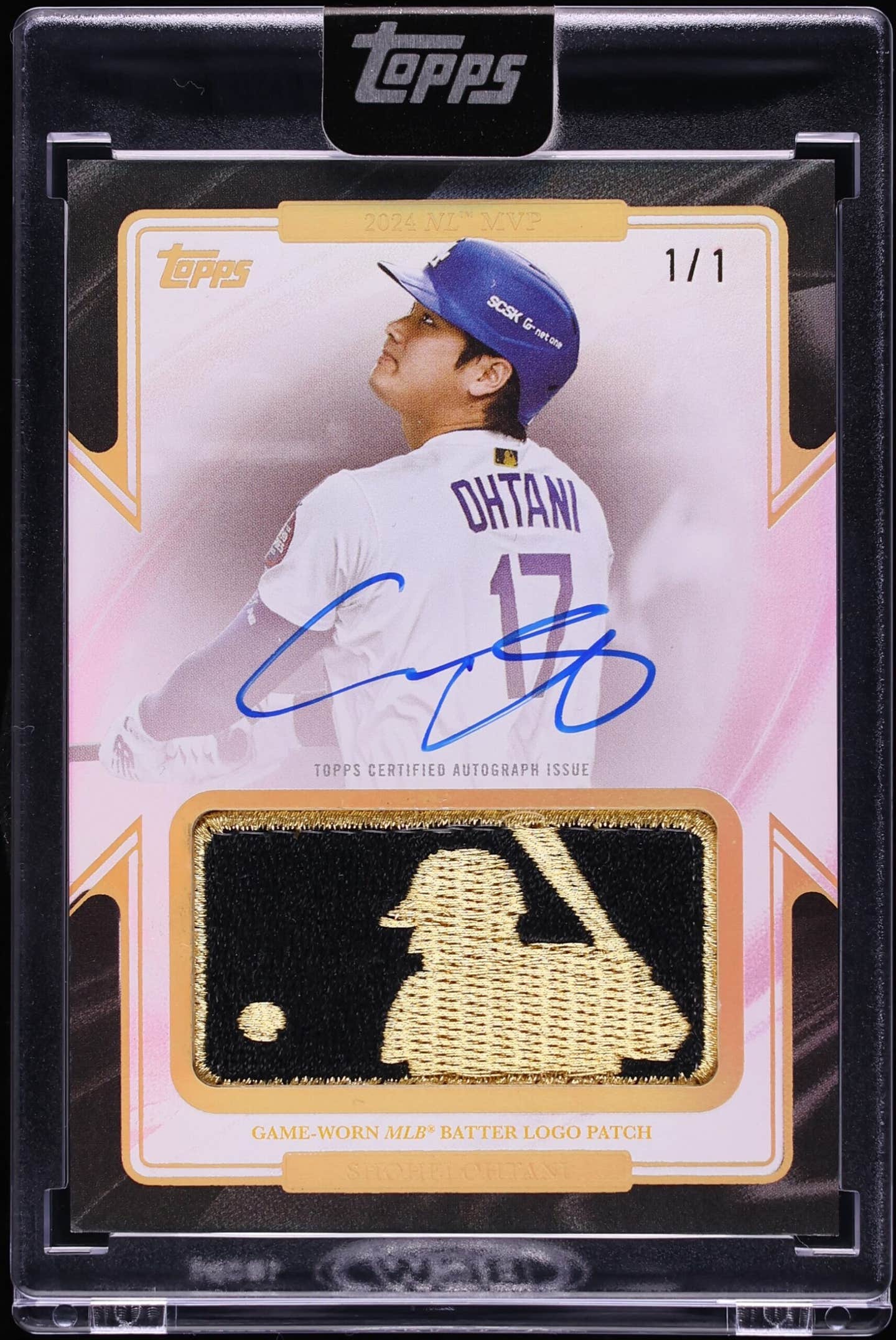Vintage Card Sets
Card shows, they are a-changing
By George Vreckek
Sports memorabilia collecting is almost by definition stuck in the past. We might collect things to preserve memories, and many of us have memories that go pretty far back. However, in recent years, there have been dramatic changes in technology, science and sports. It should be no surprise that there are changes in our hobby as well.
In May I attended a Chicago sports memorabilia show that I assumed would be much like the shows I have attended since the early 1980s. I expected to find dealers, cards, memorabilia and probably a growing group of autograph guests and their supply-line vendors. The large, periodic show was in the same location it has been for the past 25 years or so, Rosemont, Illinois. The show promoter had morphed from George Johnson/Sun-Times to Mounted Memories/Fanatics Authentic recently, but it had all pretty much looked the same. Admittedly the autograph area at such shows was growing and the card dealer area was not.
I walked in the door to the two-day show and was greeted by the familiar sight of Mr. Mint, Alan Rosen, manning the first table. It was good to see Al again, who has been a fixture at most large shows, asking everyone who comes in the door if they have something to sell. Mr. Mint’s table was about the last thing I saw which looked familiar.
There were card dealers with tables, but not that many, and many dealers were unfamiliar faces selling cards that gave off a noticeable glare. Strictly vintage card dealers could be counted on one hand. The majority of the smaller-than-expected floor space was dedicated to autographs and the autograph-related sports supplies for the big-name guests.
Autograph guests, who started appearing at shows years ago as an extra attraction, have become the attraction. Guests included retired super stars from several sports and current starters from the Chicago Cubs, dropping by after a home game.
It looked to me that the rest of us were there to support the autograph activity. Vintage cards were not what got most people in the door. If you were there just looking for vintage cards, you would probably be back out the door within an hour, like I was.
In fairness, when I re-read the publicity, the event is described as a “sports collectibles convention that will occur in major cities….Each show will feature appearances by some of the biggest names in sports.” It didn’t say it was a “card show” or that I would find many old cards there, and I didn’t. Don’t assume.
I contacted Fanatics Authentic for a comment, but did not get a response. A representative at the show, however, left me with the impression that the normal array of vintage card dealers would be back for future three-day shows, and the three-day shows would likely be just twice a year in Chicago.
Quick thoughts on prices
Do the prices for 1952 Topps Mantle cards make sense to you? Mantle was certainly a great player, but there have been many great players, his rookie card was the 1951 Bowman and his 1952 hi-numbered card was “double” printed. He wasn’t a choir boy, but neither was Ruth. My take on it is that he is a good-looking symbol of the 1950s, like Marilyn Monroe and Elvis. His 1952 Topps card is the most prominent memory of him, but it still doesn’t make sense.
What would make sense would be higher prices for Stan Musial’s 1953 Bowman. Musial’s 1953 card generally costs less than even a Pee Wee Reese and a lot less than a Mantle in the same set. Although it wasn’t his rookie card, it was the only large card of him available until 1958. He was a great player on a good-looking card, and he was known as a modest and generous person. Jefferson Burdick’s 1960 The American Card Catalog had the 1953 Musial valued separately at 25 cents and all 1952 high numbers, including Mantle, at 30 cents. Musial’s mistakes were not playing in New York and not hitting prodigious home runs.
Fleer and Donruss cards from 1981 are now more than 35 years old. How much older do they need to get to be worth much of anything?
Maybe those tobacco cards weren’t all that cheap in 1910. You could get one T-206 card for 5 cents in 1910, however 5 cents in 1910 is the equivalent of $1.25 today which isn’t all that cheap for one lousy card. But, I forgot, you also got 10 unfiltered cigarettes back then which would cost you an arm, leg and lung today.








